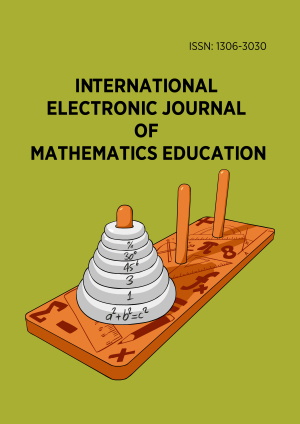Abstract
Mathematics classes have contingency situations in the relationship established between teacher and students. The objective of the article is to understand the dimensions of the teacher’s knowledge that are constituted in the development/execution of tasks on geometric concepts in interaction with students. For this, a collaborative group of two teachers and two master’s students elaborated four tasks on geometric concepts, which were developed/executed by the participating teachers in their respective classes. Both classes were recorded in audio and video and analyzed based on the Knowledge Quartet (KQ). KQ is a theoretical analysis tool comprizing four dimensions - foundation, transformation, connection and contingency. According to the data, contingency was found to be a prominent dimension, which led the analysis to be focused on that dimension. The teachers mobilized knowledge related to all contingency codes, which culminated in a deviation from the agenda. The teachers involved had insights due to the (in) availability of resources. The contingency moments caused by the students started from an idea or an unexpected difficulty, which expanded the KQ codes already identified.
Keywords
License
This is an open access article distributed under the Creative Commons Attribution License which permits unrestricted use, distribution, and reproduction in any medium, provided the original work is properly cited.
Article Type: Research Article
INT ELECT J MATH ED, Volume 16, Issue 1, January 2021, Article No: em0620
https://doi.org/10.29333/iejme/9371
Publication date: 04 Jan 2021
Article Views: 3563
Article Downloads: 1733
Open Access Disclosures References How to cite this article
 Full Text (PDF)
Full Text (PDF)